
Wabi-Sabi
Wabi-Sabi
Coming to Japan in 1987, there was wonderment, awe, and, sometime dismay about these strange new things and customs, that having been surrounding this incidental Occxie for decades.
Wabi-sabi resides in the rare “air.”

Like many unspoken protocols and conventions of the Japanese, awareness of wabi-sabi is an innate trait, embodied within the spirit of Yamato.
In traditional Japanese aesthetics, wabi-sabi is a world view centred on the acceptance of the transience and imperfection of universal truth.
Wabi-sabi is sometimes described as one of beauty that is imperfect, impermanent, and incomplete.
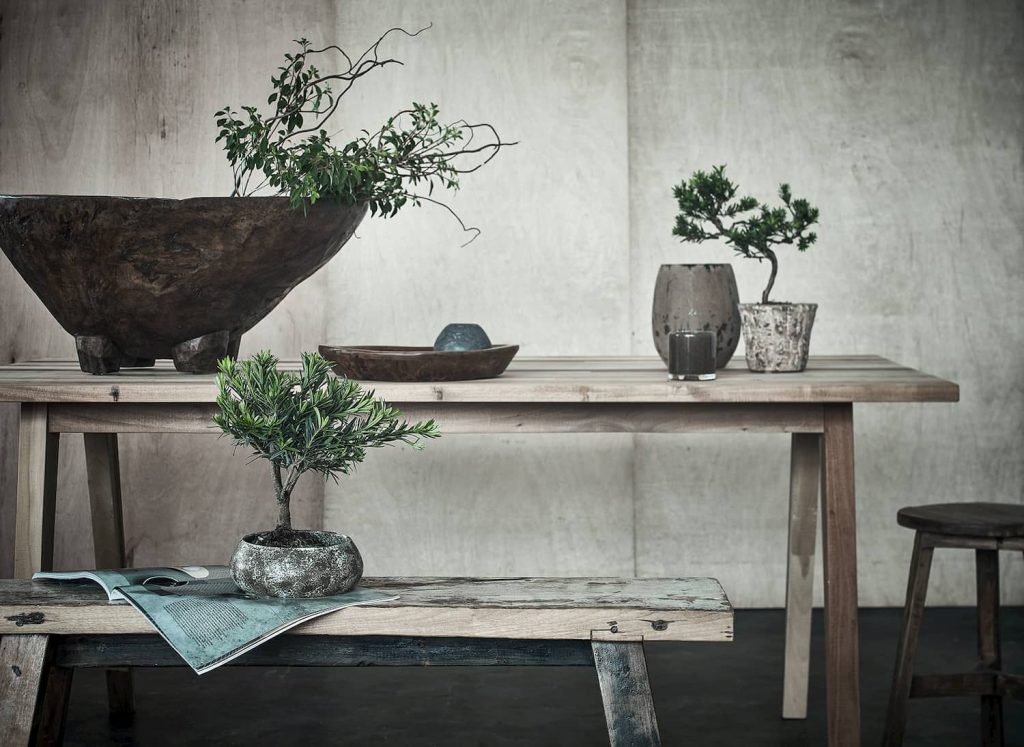
Wabi-sabi is derived from the Buddhist teaching of the three marks of existence:
sanbōin―the delineation of the three marks of existence
1. mujō―impermanency
2. ku―suffering
3. kū―emptiness or absence of self-nature
Characteristics of the wabi-sabi aesthetics include:
1. asymmetry
2. roughness
3. simplicity
4. economy
5. austerity
6. modesty
7. intimacy

Once one has recognized and understood wabi-sabi, a deep and meaningful appreciation of the ingenuous integrity of natural objects and processes.
Wabi-sabi does not translate into any other languages, as these notions are unique to the civilization of the Japanese.
Wabi embodies rustic simplicity, freshness, or quietness, and can be applied to both natural and human-made objects, or understated elegance.
It can also refer to quirks and anomalies arising from the process of construction, which add uniqueness and elegance to the object.

Sabi is beauty or serenity that comes with age, when the life of the object and its impermanence are evidenced in its wear and tear.
With its roots in Buddhist influences from China, wabi-sabi has now evolved into a distinctly Japanese cultural touchstone.

From around 700 years ago, understanding emptiness and imperfection was honoured as tantamount to the first step to enlightenment.
In modern Japan, the meaning of wabi-sabi embodies “wisdom in natural simplicity”.
It can also hold the connotation of “flawed beauty” in particularly in the sphere of art.
One can see wabi-sabi in certain styles of Japanese pottery.
In the Japanese tea ceremony, the pottery items used are often rustic and simple-looking.
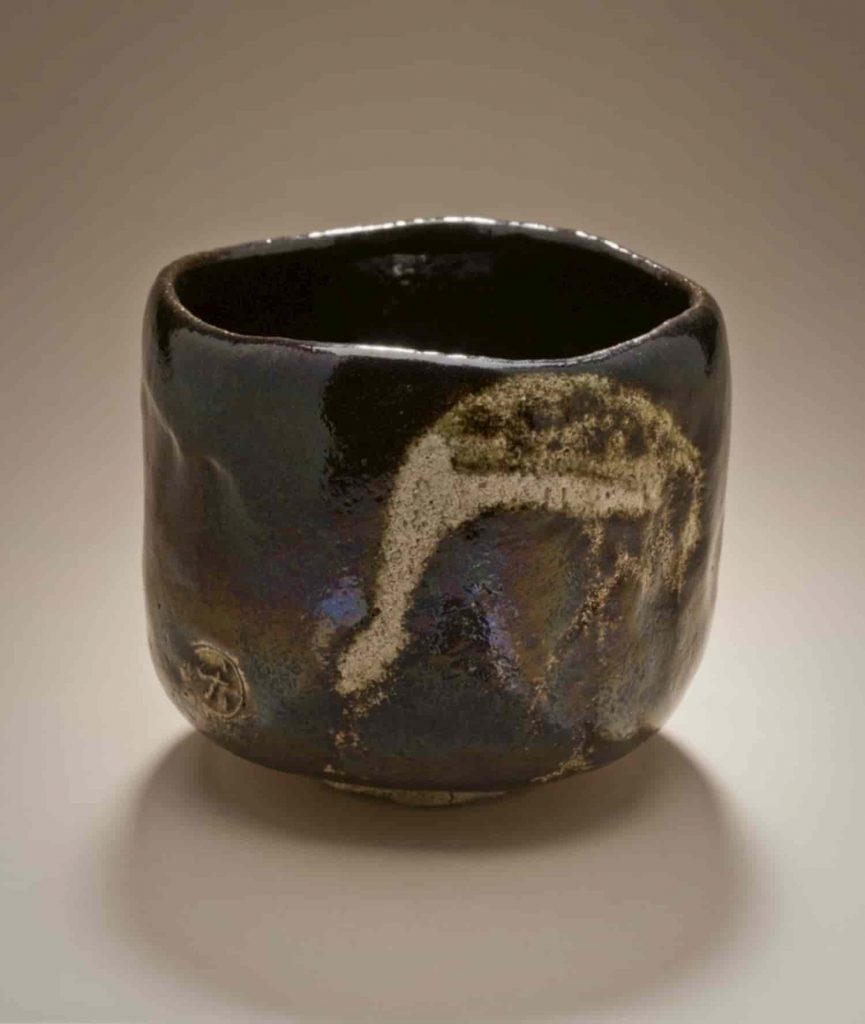
Hagiware is an example of this, with shapes that are not quite symmetrical, and colours or textures that appear to emphasize an unrefined or simple style.
It is up to the knowledge and observational ability of the observer to notice and discern the hidden signs of truly excellent design.
One can see wabi-sabi in most things, if one opens the eyes and heart.
Wabi and sabi both suggest sentiments of desolation and solitude.
In the Mahayana Buddhist view of the universe, these may be viewed as positive characteristics, representing liberation from a material world, and transcendence to a simpler life, or what is know in Buddhism as “satori” or “enlightenment.”
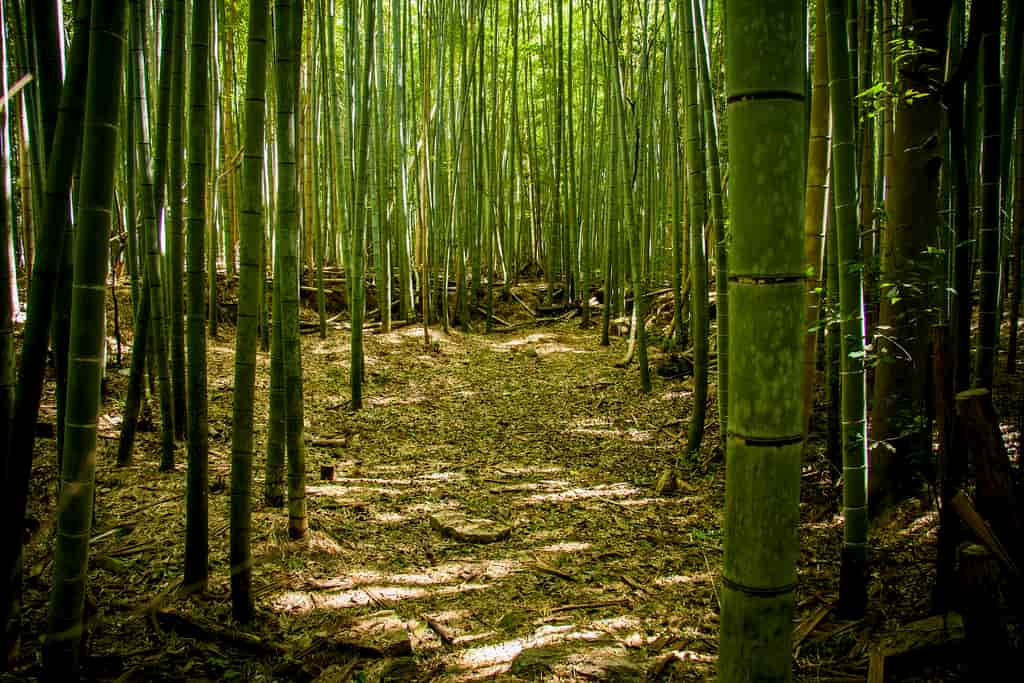
Keep in mind as one ponders the meaning of life―genuine understanding of wabi-sabi cannot be achieved through words or language.
Therefore, one must accept wabi-sabi on nonverbal terms, and this may be the most appropriate approach to understand the meaning of wabi-sabi.
In fact, one could say—wabi-sabi describes the meaning of life, and the essence of being a human.
Here, one can learn to live through the senses, and better engage in this mortal sludge in real time, rather than be caught up in unnecessary thoughts, and the incessant chatter of the monkey brain, the root causing of human suffering and pain.
In this sense wabi-sabi, is the material representation of Zen Buddhism.

The universal truth is:
Being surrounded by natural, changing, and unique objects, helps us connect to the real world, and escape one’s chattering “monkey brain.”
In wabi-sabi, one learns to find the most basic, natural objects interesting, fascinating, and beautiful―which is in fact, the true essence of life.
Look around more deeply and pensively at the world that surrounds you, and then one will have begun the wabi-sabi journey into the Sun.
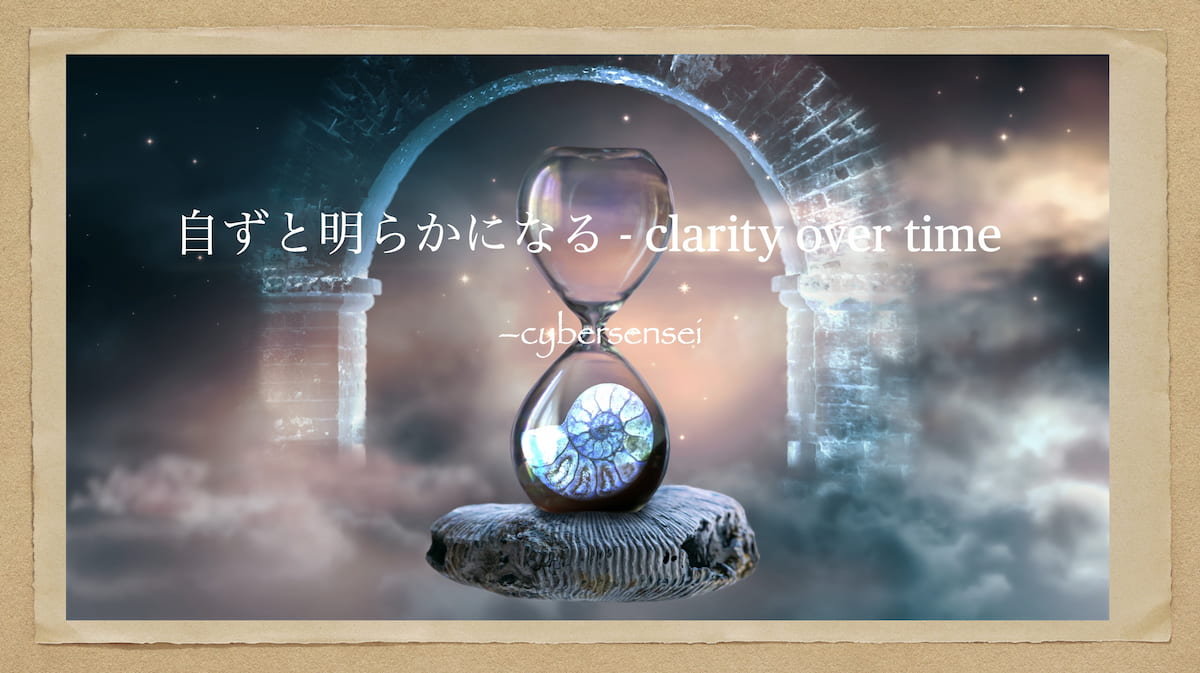




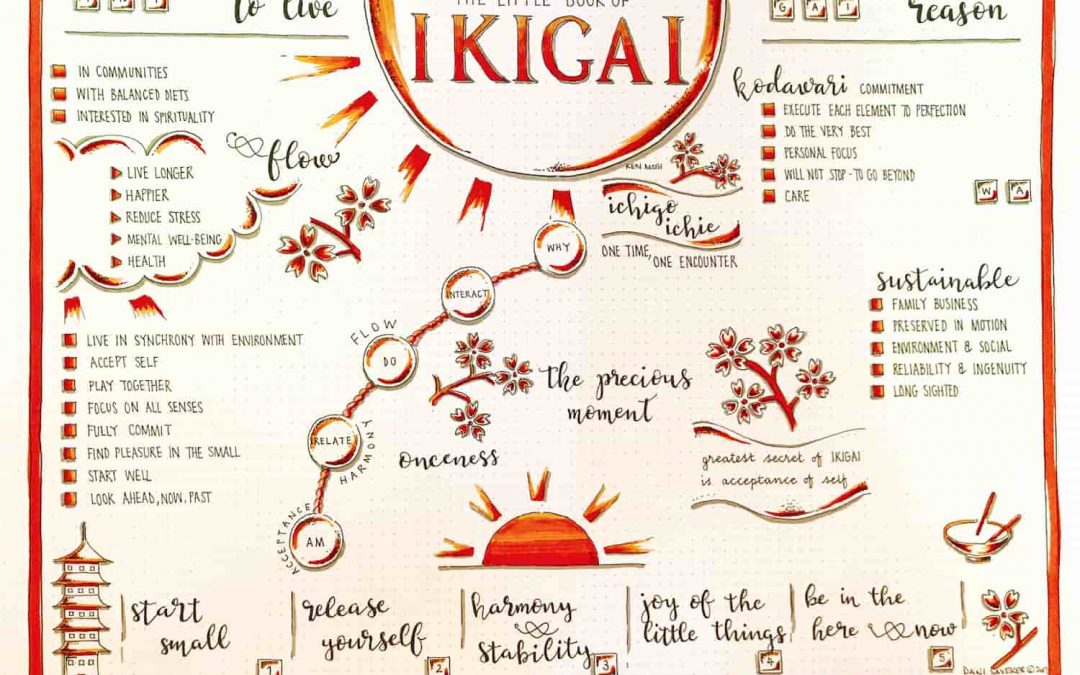


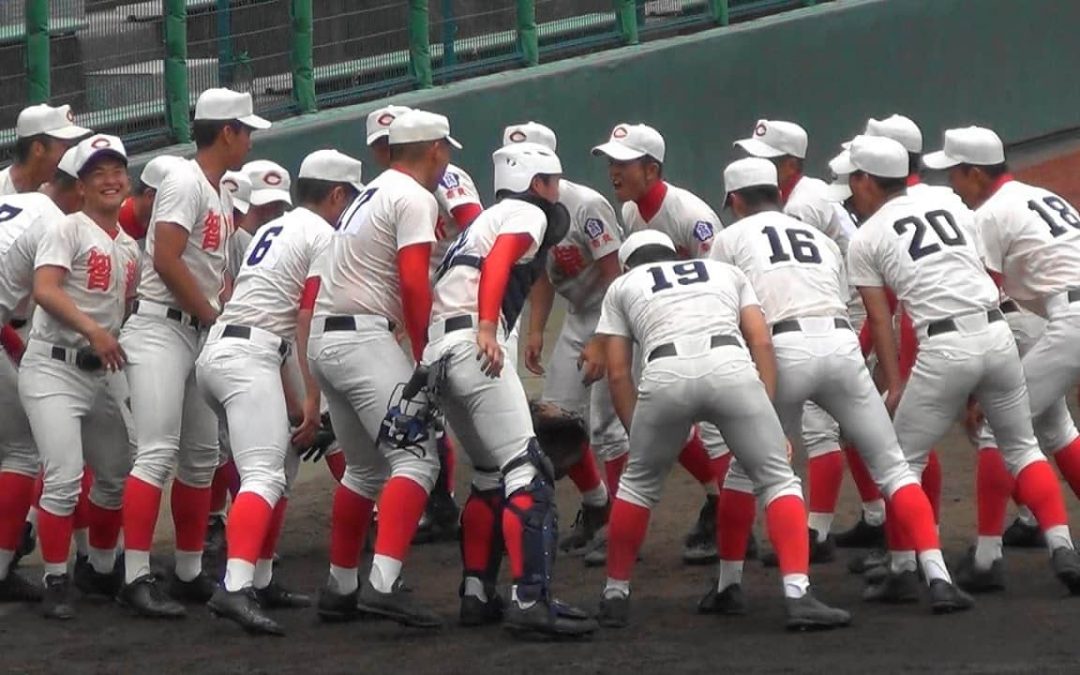



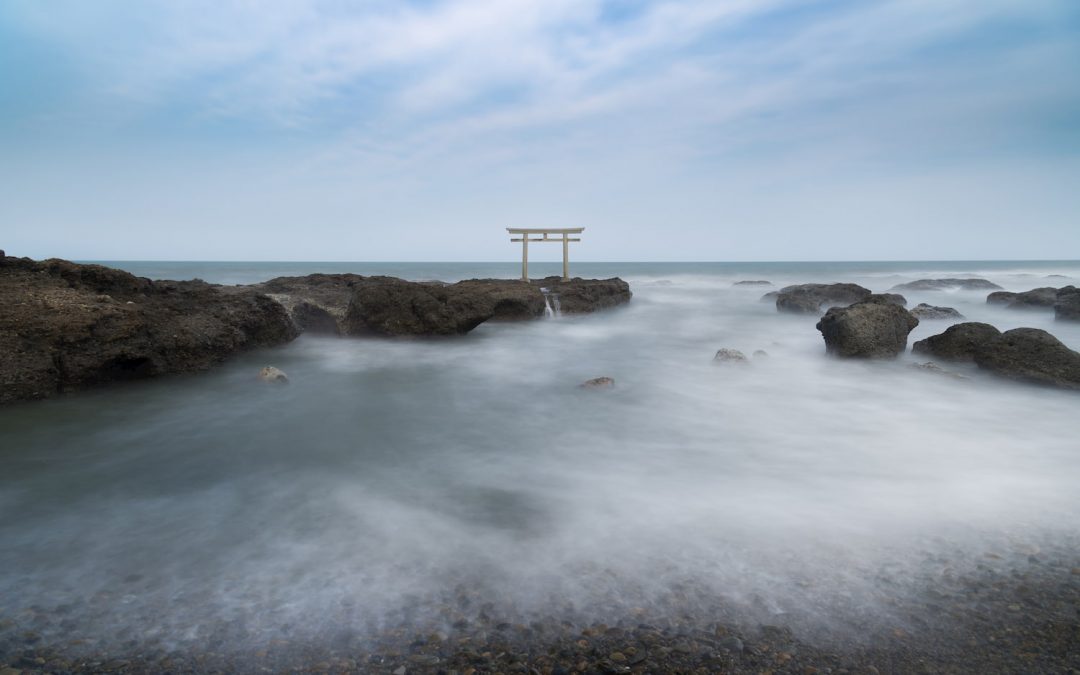

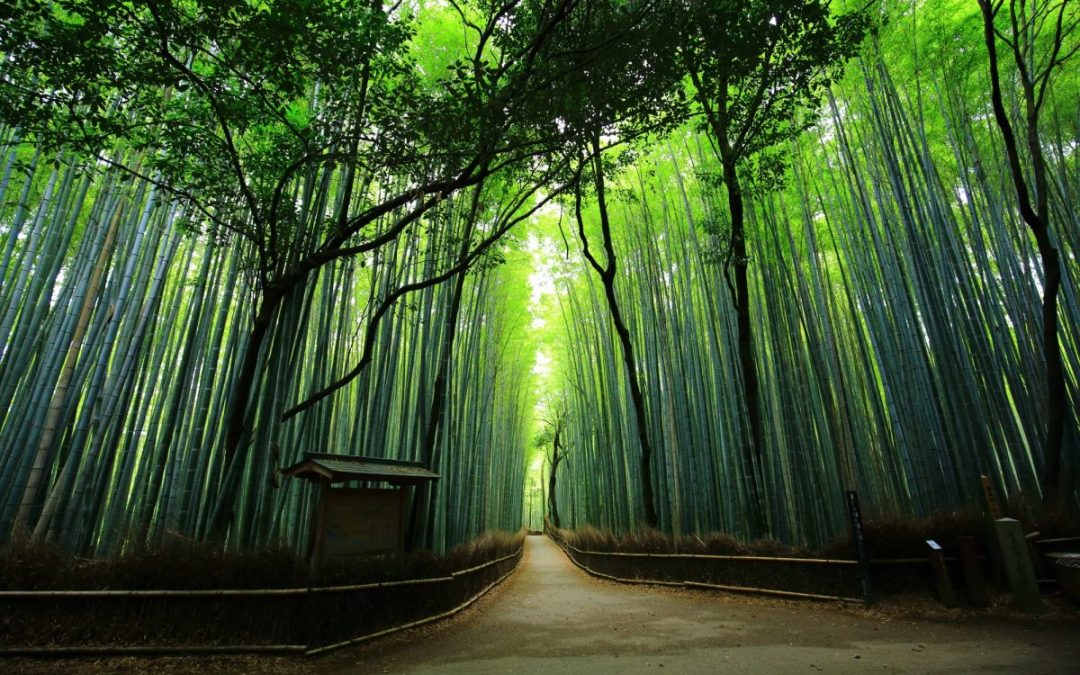

Recent Comments